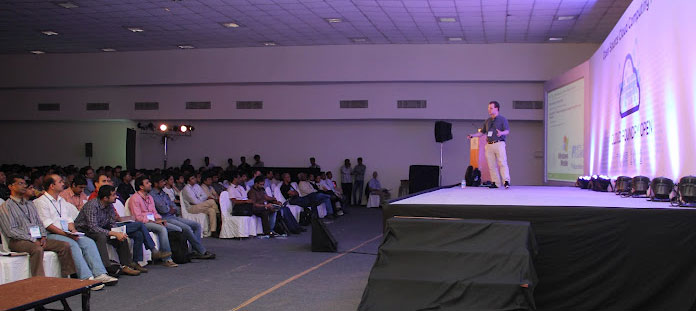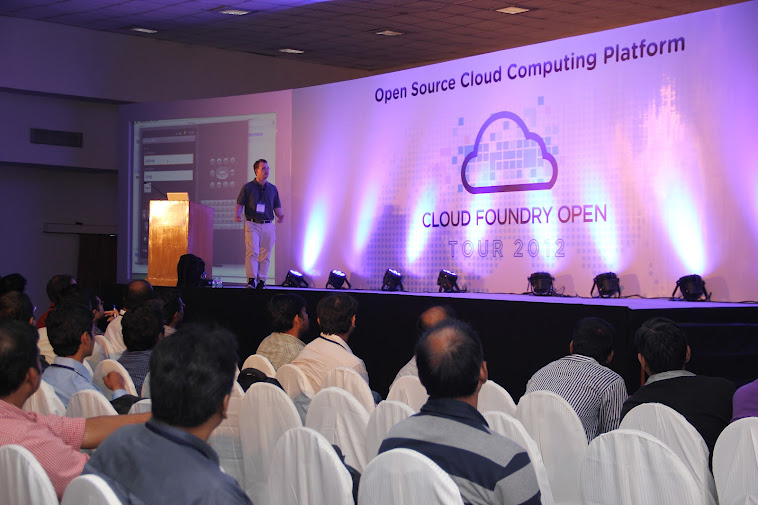Get ahead
VMware offers training and certification to turbo-charge your progress.
Learn more


Welcome to another installation of This Week in Spring! I'm off to Oslo, Norway for the JavaZone conference to talk to people about using Spring Integration and Spring Batch on top of Cloud Foundry. Again, this is a natural use case: Cloud Foundry makes it easy to scale to handle the largest workloads, and Spring Integration and Spring Batch, presumably sitting on top of RabbitMQ, take care of the plumbing and do the heavy lifting of workload distribution across the cluster.
<P>Wrapping up from last week's Cloud Foundry Open Tour - India, touring <a href="http://opentour.cloudfoundry.com/2012/bangalore">Bangalore</a>, and <a href="http://opentour.cloudfoundry.com/2012/pune">Pune</a>, I got great feedback about using Spring MVC for multi-client applications with REST. We looked at deploying those applications to <a href="http://cloudfoundry.org">Cloud Foundry</a>, the open-source PaaS from VMware, where you can control the range of channels that your Spring MVC/REST architecture can deliver to. It's been a truly exciting time. Cloud Foundry gives developers a platform to deploy the Spring applications they want to build, how they want to build them, without having to worry about infrastructure and middleware concerns. </p>
<P>Also don't miss the Spring, Groovy and Grails event of the year in Washington, DC: <a href="http://www.springone2gx.com/conference/washington/2012/10/home">SpringOne2GX</a>. If you haven't already registered, now's the time!
</p>
</p>
As usual, we've got lots of great content to look at, so let's get to it!
<constructor-arg/> tag to specify bean constructor arguments by argument index. default servlet works and how Spring MVC, as of 3.0, lets you take advantage of it, is fantastic, and a quick, worthy read for anybody. File > New > Spring Template Project menu, and there you have several options, including a project for configuring the full Spring Batch Admin in a web application!
</LI>
MockWebServiceClient to drive payload-driven requests to a web service, and verify the results. To stand up the web service, he uses the Spring Integration inbound web service gateway. This is an alternative way of setting up web service endpoints. Alternatively, you could use Spring Web Services and expose them directly in a web application by itself, or on top of Spring MVC's web processing machinery.
This approach makes more sense to me, because it gives you the ability to better express the request processing pipeline using the many proverbial tools included in Spring Integration's toolbox. Tshikatshikaa, or Technical Notes blog has a really nice look at how to unit test Spring services, and data-access objects (DAOs) with JPA 2 and Spring 3.1's testing support and the Java configuration. RestTemplate object to integration test a web service.
The post also links to a few very nice clients, including SoapUI, the Firefox REST Client plugin, and Chrome's POST MAN plugin.